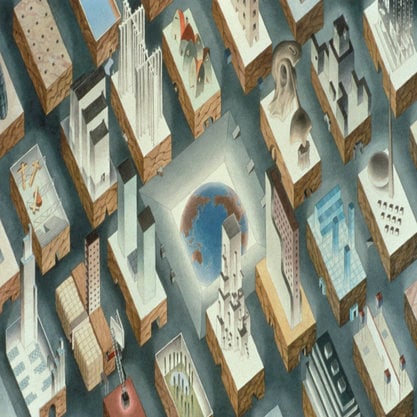Article
Literary Modernism in Finland By Ameel, Lieven
Article
Literary modernism in Finland falls into a set of distinctive sub-movements, defined, in part, by the two languages in which Finnish literature is expressed: Finnish and Swedish. Early modernist features appear in turn-of-the-century impressionist and national-romantic (or symbolist) literature, as well as in the work of authors associated with the 1910s Finland-Swedish dagdrivare (‘idlers’), and in that of two movements of the interwar period: the 1920s tulenkantajat (‘Torchbearers’) and the 1930s Kiila (‘Wedge’) movements. Full modernism was achieved in the Finland-Swedish modernism of the 1910s and 1920s, in the work of the poet Edith Södergran, the critic and author Hagar Olsson, the writer and composer Elmer Diktonius, the poet Gunnar Björling, and others. In literature in Finnish, the modernist breakthrough took place as late as the 1950s. Key figures were the editor, theorist and poet Thomas Anhava, the poet Paavo Haavikko, and the authors Eeva-Liisa Manner, Marja-Liisa Vartio and Veijo Meri.


